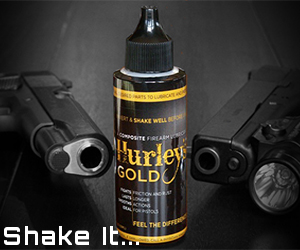I am looking into purchasing a Glock (Not sure what Model). I have read some stories about Glock guide rods breaking (and in the case of a 1000 rnd torture test melting). I am not planning on putting 1000 rnds through it at one time, but what are your thoughts on a metal (Stainless, tungsten, titanium) guide rod? I've had good experience with my berettas and metal rods, should I expect anything from the Glock?
Thanks for your insight,
Ish
Thanks for your insight,
Ish






